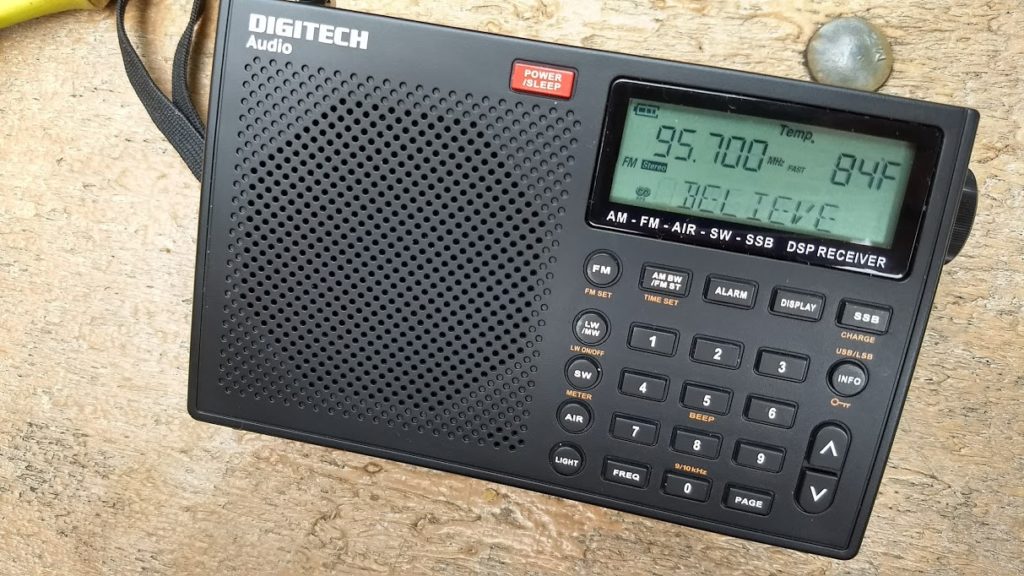(Source: Inside Radio via Dennis Dura)
Here’s How Coronavirus Is Impacting Work Habits And Radio Usage.
Scores of companies across the country are encouraging their employees to work from home to help limit the spread of the coronavirus outbreak. How this is changing American work habits and their usage of AM/FM radio is the subject of a freshly fielded study from Ipsos.
Commissioned by Cumulus Media/Westwood One, the national study of 1,027 persons 18+ was conducted from March 13 -15 “While the number of businesses, venues, and locations that have closed or curtailed visitation has grown sharply even since this study was fielded just two days ago, this data serves to quantify the state of the American workforce during a period in time,” Cumulus/Westwood One Chief Insights Officer Pierre Bouvard says in a post on the “Everyone’s Listening” blog.
[…]Importantly for radio, nearly one in five (18%) heavy AM/FM radio listeners, defined as those who listen to more than 5 hours a week, say they will listen even more to broadcast radio due to the coronavirus outbreak, while 79% said about the same and only 4% indicated less.
Additionally, 20% of heavy AM/FM radio listeners say they will be listening more to news reports on AM/FM radio. “The crisis has also turned many into news fanatics,” Bouvard says. “Nearly one-third say they will be consuming more news online and news on TV.”[…]


As a side note, one local radio station that I listen to on Saturdays for Polish and country music announced today that the shows are cancelled as the station has decided to minimize interaction at the studio and will go to automated broadcasting with no DJs for the weekends.